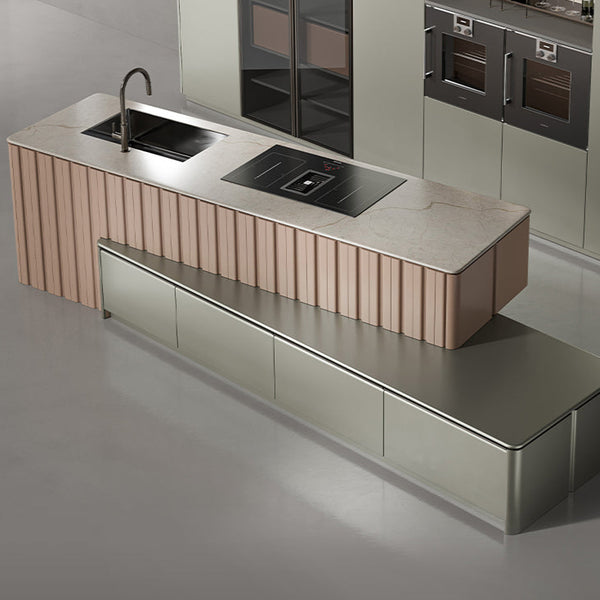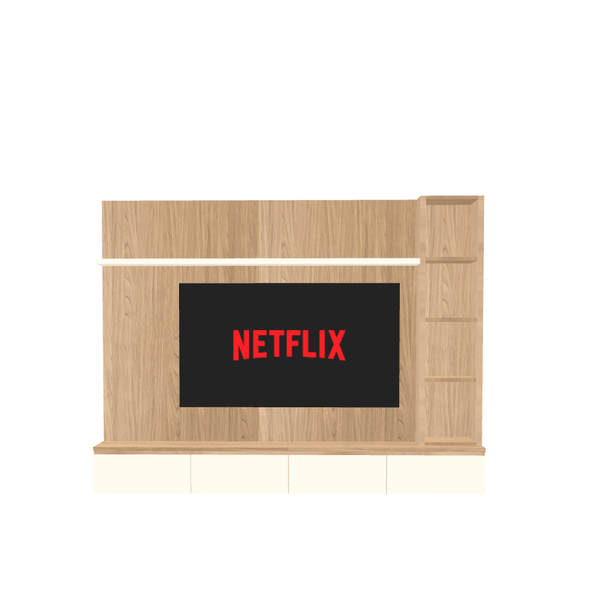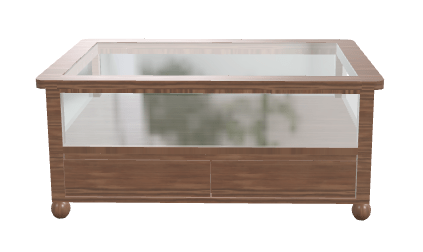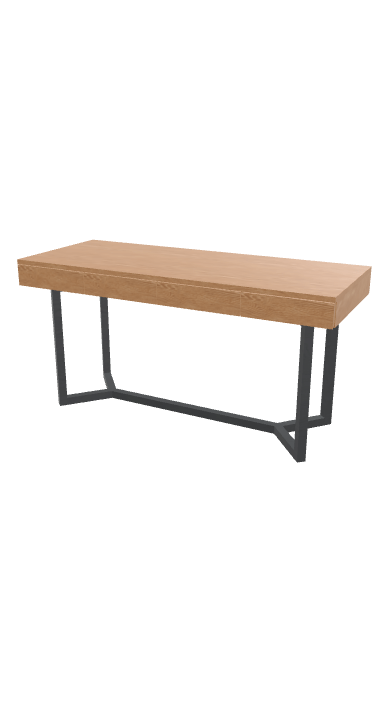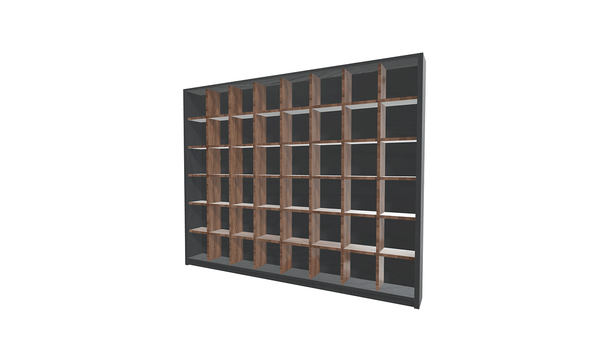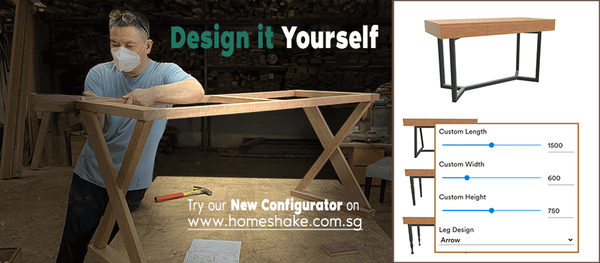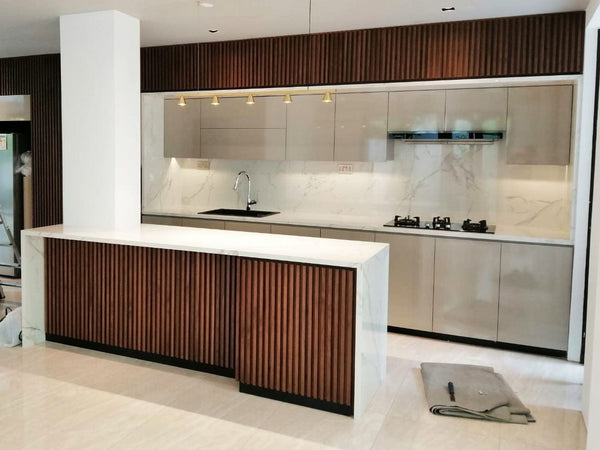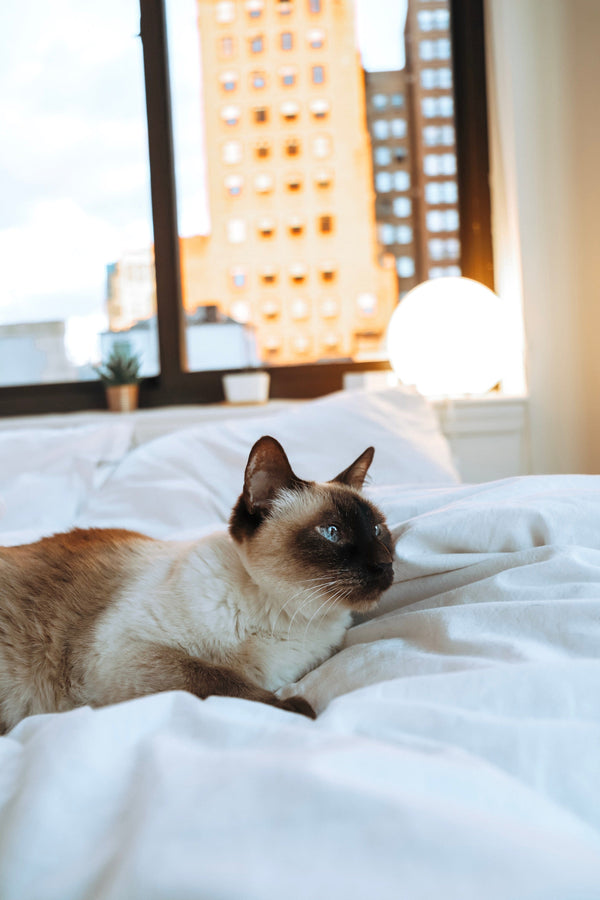
How to Protect my Furniture from Termites?
Termites are common in Singapore. The warm and humid climate in Singapore provides an ideal environment for termites to thrive, and they can be found in many different types of buildings, including residential homes, commercial buildings, and public facilities. Here's how to face the threat.
A Common Threat in Singapore
According to the National Environment Agency (NEA), there are several species of termites that are commonly found in Singapore, including the subterranean termite, the drywood termite, and the dampwood termite. These species can cause significant damage to wooden structures, including furniture, if left unchecked.
Drywood termites are a type of termite that infests dry wood, such as wooden furniture, structural timbers, and decorative woodwork. Unlike subterranean termites that require a moist environment, drywood termites can survive in dry conditions and do not need contact with soil to survive.
Drywood termites are typically smaller than subterranean termites and have a pale, creamy white color. They can be difficult to detect because they do not build mud tubes or other visible signs of infestation. Instead, they create small entry holes in the wood and excavate chambers within the wood to live and breed.
Drywood termite infestations can cause significant damage to wooden structures and furniture if left untreated. Signs of a drywood termite infestation include the presence of small holes in wooden surfaces, piles of fecal pellets (which resemble sawdust), and weakened or hollow-sounding wood.

Pointers with Termites
Termites are a common pest that can cause significant damage to wooden furniture. To protect wooden furniture from termites, here are some steps that can be taken:
-
Use termite-resistant wood: Some types of wood, such as teak and cedar, are naturally resistant to termites. Consider using these types of wood for furniture that will be placed in areas with a higher risk of termite infestation.
-
Apply a termite-resistant finish: Applying a finish or coating that contains borate can help protect wooden furniture from termites. Borate is a natural mineral that is toxic to termites and can be applied to the wood using a brush or spray.
-
Keep furniture dry: Termites thrive in damp environments, so it is important to keep wooden furniture as dry as possible. Avoid placing furniture in areas with high humidity or moisture, and use dehumidifiers or air conditioning to reduce moisture levels.
-
Keep furniture clean: Regular cleaning can help prevent termites from infesting wooden furniture. Use a soft cloth to wipe down furniture surfaces and remove any dust or debris that could attract termites.
-
Inspect furniture regularly: Regularly inspect wooden furniture for signs of termite damage, such as small holes, frass (termite droppings), or hollowed-out wood. If you suspect a termite infestation, contact a professional pest control company to address the issue.
By taking these steps, it is possible to protect wooden furniture from termites and prevent costly damage.

